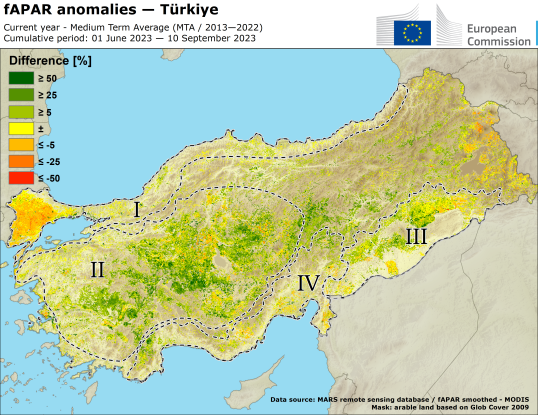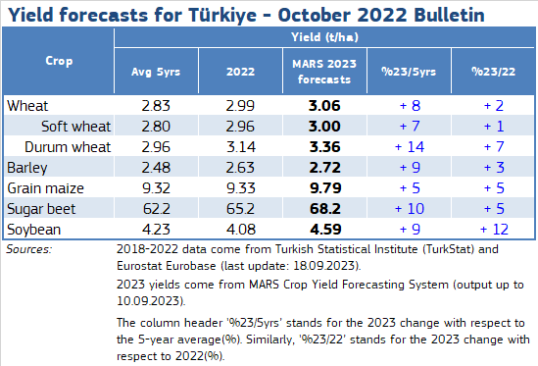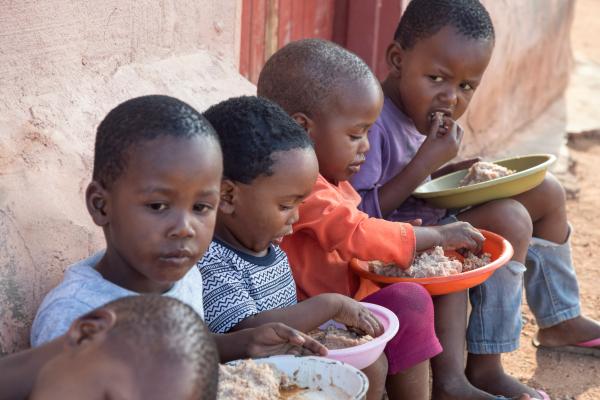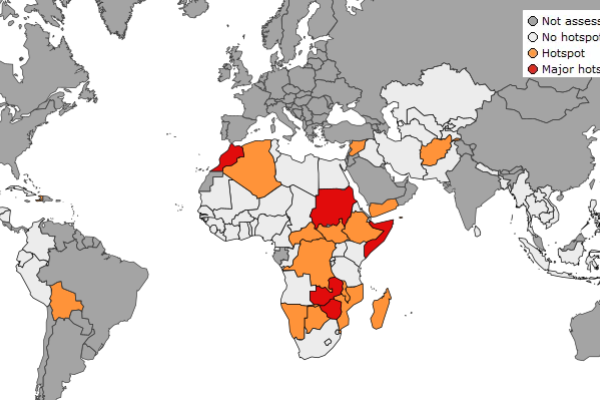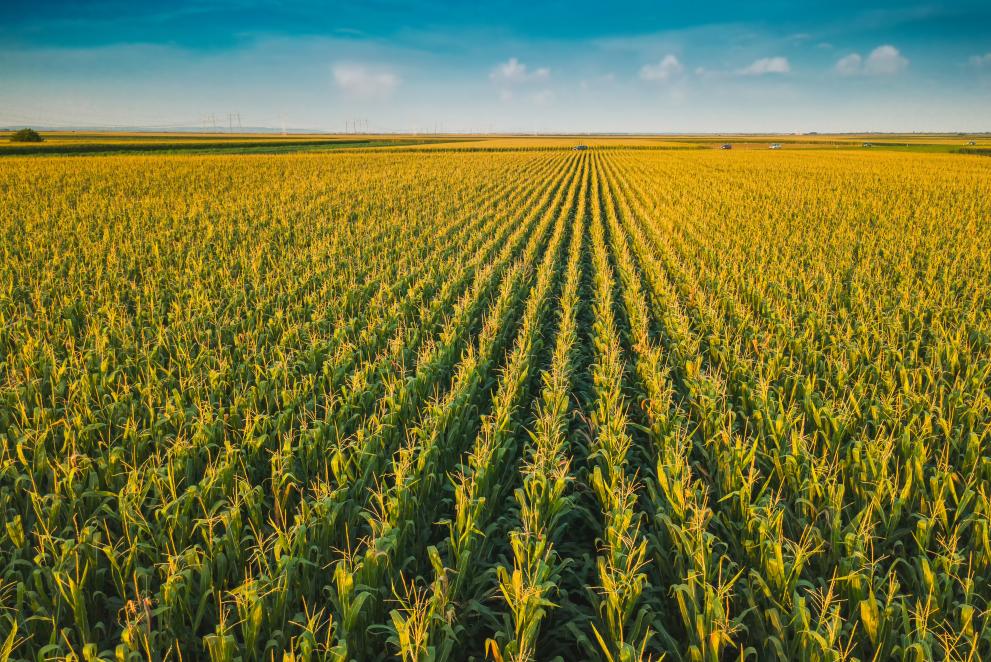
The hot and dry weather conditions in July and August did not negatively impact crops, because the wetter-than-usual conditions in May and June had resulted in favourable soil moisture levels in the rainfed areas of central and western Anatolia, where most of the winter crops are produced.
The earlier wet conditions had also increased water reserves for irrigation in southern and south-eastern regions, thus creating positive conditions for summer crops during grain filling.
Highlights
- Frequent rainfall combined with lack of heat stress sustained favourable growth in Western and central Anatolian regions.
- In these regions, wetter-than-usual conditions, combined with near-seasonal temperatures, favoured grain filling in June.
- The harvest of winter crops was completed by the end of July under favourable dry conditions.
- Summer crops benefited from warm temperatures and constant water availability in south-eastern regions.
- The increased water reserves available for irrigation in August created positive conditions for summer crops during grain filling and ripening.
- Maize and soybean crops progressed well throughout the growing season.
Observed canopy conditions
The fAPAR anomaly map shows the differences between the fraction of Absorbed Photosynthetically Active Radiation cumulated from 1 June to 10 September 2023, and the medium-term average (MTA, 2013 – 2022) for the same period. Positive anomalies (shown in green) reflect above-average biomass accumulation and/or early crop development, while negative anomalies (shown in red) reflect below-average biomass accumulation and/or late crop development.
Yield forecasts
Further information
JRC MARS (Monitoring Agricultural Resources) Bulletins
The latest information about global agricultural production hotspots for countries at risk of food insecurity is available on the JRC’s ASAP (Anomaly hot Spots of Agricultural Production).
Details
- Publication date
- 2 October 2023
- Author
- Joint Research Centre
- JRC portfolios

